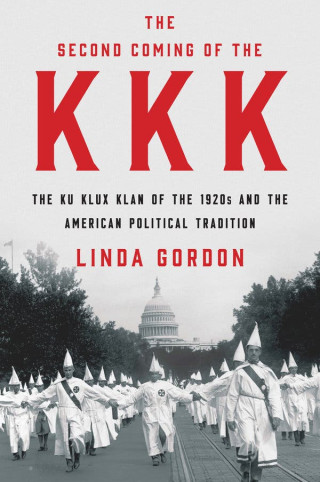The Ku Klux Klan of the 1920s, known as the second Klan, was a mass movement, claiming some three to six million members. To understand it, one has to shed much of our images of the KKK. The first Klan was a violent terrorist organization, in the literal meaning of terrorist—that is, its goal was not only to punish individual African Americans but to intimidate the whole African American population from making any attempt to protest or to strive for economic improvement. It operated in the South, it conducted some four thousand lynchings, and it was allegedly secret—although in many communities whites knew who were members. The second Klan assumed the trappings of the first, notably its robes and masks, and continued its unremitting racism toward people of color, but it differed it important ways: it recruited publicly, held festivals open to the public, and spread across the northern and western states. It advertised in newspapers, fielded semipro baseball teams, included a women’s auxiliary with some 1.5 million members, and established clubs for children in order to instill Klan values and groom future members. Its critics like to label it a group of uneducated, backward rural hicks, but it was nothing of the sort—it was strongest in the cities, and its members were typically solidly middle-class, at least as well educated as the general population. Nationwide it produced some 150 print publications and deployed the newest technology—radio stations, a recording company, and a film company; its grand-scale outdoor gatherings sometimes featured stuntmen performing on the wings of low-flying airplanes. It elected eleven governors; forty-five congressmen; and hundreds of state, county, and municipal officials.
The second Klan grew to such power through a brilliant strategy: it added Catholics and Jews to its enemies list, expanding the bigotry from race into religion and building on fear of immigrants. The Klan then used this bigotry to define its purpose as ultrapatriotic; it labeled white Protestants as the only “true” Americans and proclaimed itself as sent by God to rescue America from those who were undermining its destiny. These prejudices were not new. For decades prior to the second Klan’s emergence, nativist groups had articulated the same hostilities, and many Americans, including political and intellectual elites, shared in this assertion of white Protestant superiority. But the Klan intensified the virulence of this anger, and its biggest influence was in spreading that bigotry and making it a reputable, patriotic belief system, one dedicated to making America great again.

